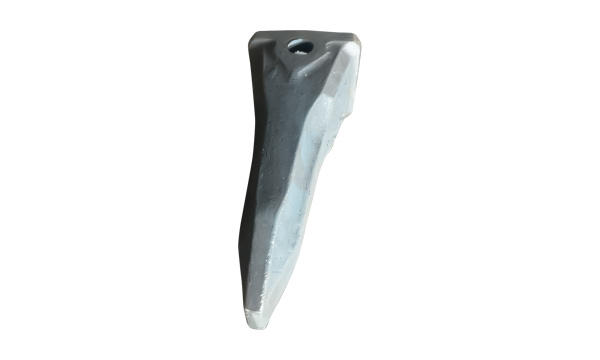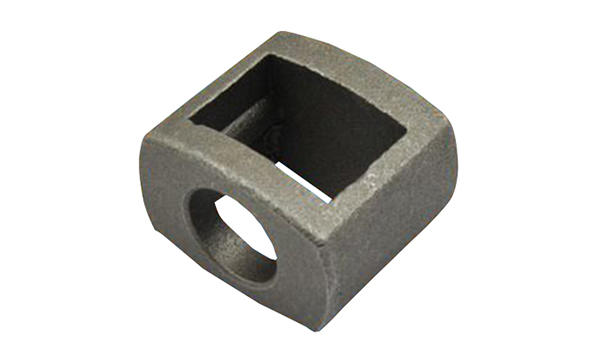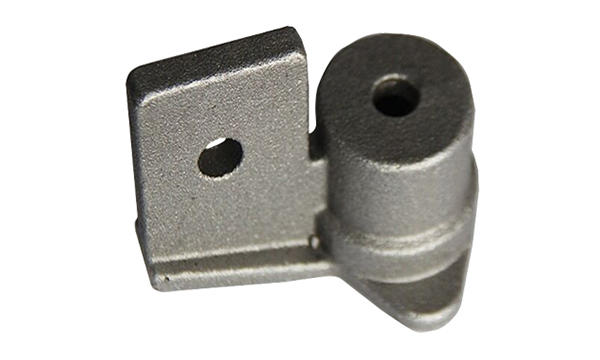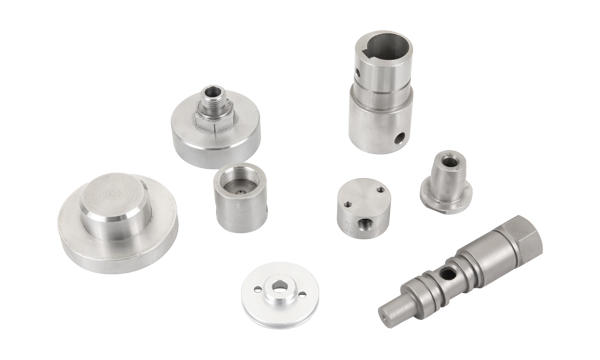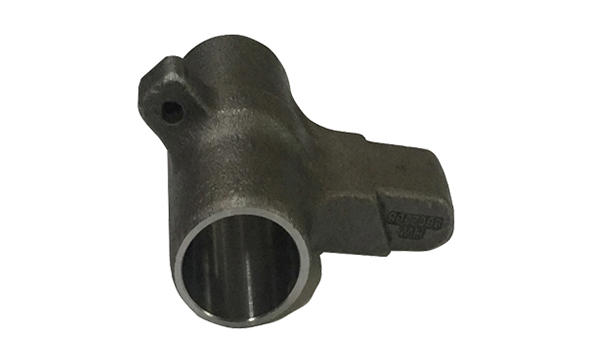Cast Steel Excavator Bucket Teeth
Posted by Admin
The cast Steel Excavator Buckets are used for various applications. They are made with composite casting technology, which solves problems of traditional handicraft manufacturing and enhances the performance of bucket teeth. The process of making excavator bucket teeth involves designing and manufacturing the dies, painting investment precoat, stucco and curing agent, backing layer coating, drying and dewatering. Then, the alloy is melted and poured into the mould. After that, the composite cast material is heat treated, which increases its toughness and durability.This method enables the production of the bucket teeth with better aspect hardness and toughness than the market product. The teeth are coated with a coating of the austempered ductile iron and placed in a negative pressure box and peace cup. After that, they are poured into moulds and finished in a warehouse. The process also allows the bucket teeth to have the highest hardness level and tensile strength, resulting in higher productivity.The process of producing excavator bucket teeth uses composite casting technology. It begins with designing and manufacturing the tool. Then, the die is made of wax and metal. Then, the steel excavator bucket teeth are coated with a layer of sand and hardening agent and then put into a negative pressure box, peace cup, and mould. After this, they are finished and packed in a warehouse.When it comes to making excavator bucket teeth, the primary process involves using a lost-wax investment casting technique. The main processes of this method include wax manufacturing, tooling, shell construction, and dewaxing. After this, the excavator bucket teeth are put into a mould and heated to make them stronger. After that, the bucket teeth are fitted with a pin and retainer.The cast steel excavator bucket teeth are made with a composite casting technology. The components used in this process include low alloy steel and austempered ductile iron. The latter offers maximum tensile strength and is ideal for a variety of applications. Forging provides high uniformity and minimum variation of material properties, making it better for the bucket’s job. Besides, it also reduces fuel consumption.The cast steel excavator bucket teeth are manufactured using a lost-wax investment casting process. This process involves die designing, wax manufacturing, and dewaxing. The bucket teeth are then coated with a layer of sand. After this, the teeth are finished in a warehouse. Then, they are assembled to the excavator bucket. These materials are extremely durable and are perfect for heavy-duty work.The cast steel excavator bucket teeth are designed to penetrate the ground. The teeth must be sharp enough to achieve this. Too blunt teeth require additional power from the excavator. This reduces the lifespan of the buckets. Properly paired tooth pairs are essential for the safety of the machine. It is important to keep in mind that improperly aligned steel excavator bucket teeth can cause pin breakages.






